In the world of gardening, this is the time of year I like most. Each morning I walk through the greenhouses at our nursery and marvel at how fast everything is growing. The longer days and warmer temperatures throw annuals into overdrive—one day, a greenhouse of Lynden baskets may be merely budded; the next, it’s full of color.
In the last couple weeks, cooler, wetter weather may have dampened your spirits as you made plans for your garden. But with a return to milder weather, now is the time to start planting annuals and preparing your soil for a vegetable garden—more on that shortly.
Choosing annuals can often be an overwhelming task—it’s not uncommon for me to encounter a customer in the greenhouse staring into space while mumbling something about “too many choices…” Before you head to a nursery to pick out flowers for your garden, take a look at the area you’ll be planting to see how much sun it gets and which direction it faces. Knowing the conditions in which you plan to put flowers can greatly help when it comes time to make decisions.
A second bit of advice to help you in planning your flowerbeds or pots is this: know your limits. Do you have time to deadhead more high-maintenance flowers or do you need “carefree” selections? Do you regularly forget to water? Be honest with yourself—there are plenty of options for all types of gardeners, so with a little guidance from a nursery professional, you can have a garden that pleases the eye without overextending your skills or experience. One example: if you like the look of trailing petunias but don’t have the time to keep them pruned or deadheaded, consider calibrachoa (commonly called “Million Bells”)—it gives the look of petunias without needing any additional care.
Of course, gardens full of flowers can provide months of color, but with the state of today’s economy and the desire for fresher, more healthful food choices, many gardeners are giving up some sunny space once dedicated to flowers or lawn for a vegetable garden. Before you start planting seeds and vegetable starts, however, take some time to properly prepare your garden.
After an initial rototilling or cultivation to loosen the soil, you should add a layer of compost to provide nutrients. Smit’s Compost–a rich cow manure-based compost–is my recommendation for growing a lush, productive garden. A thin layer of half an inch of compost mixed evenly into the soil is all you need for a vegetable garden; more is not better in this case as you can actually kill vegetable seeds and starts with too high a nutrient level.
If you’re new to vegetable gardening, the next step is to choose what you want to grow—and how much. From experience, I know that planting six zucchini plants sounds like a good idea (I had the space!) but unless you plan to stock the kitchens of homeless shelters from here to Portland, try just one.
With that extra room in your garden, try planting some more unusual varieties of vegetables. How about white or red carrots? Purple beans? If you have kids interested in gardening, fun crops such as these can provide great learning opportunities.
This spring, make the most of your options for color and enjoy the lavish potential a well-planned vegetable garden can offer! With a little preparation and help from your local independent nursery, you can have a flower or vegetable garden that brings pleasure for months to come.


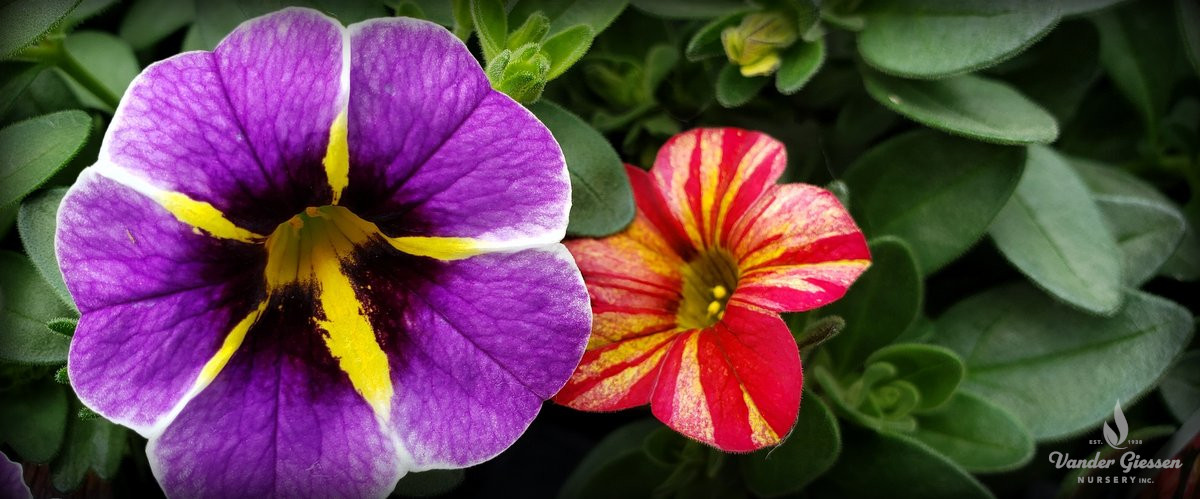
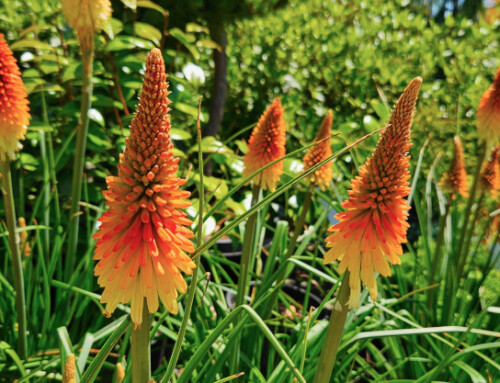
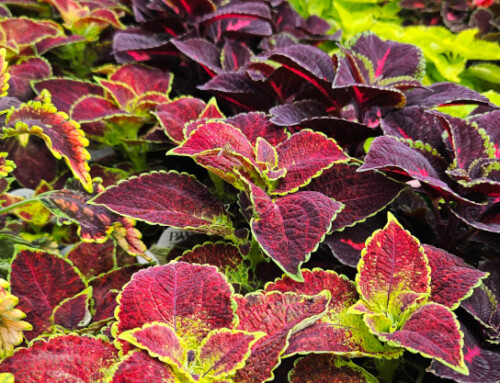
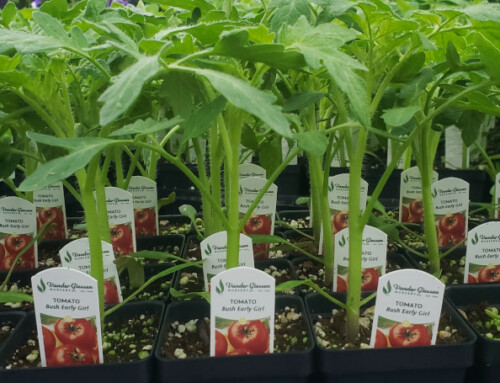
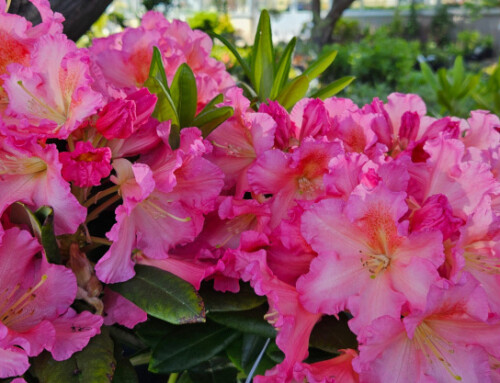
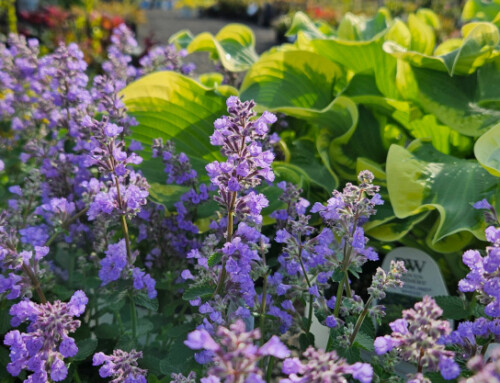
Leave A Comment